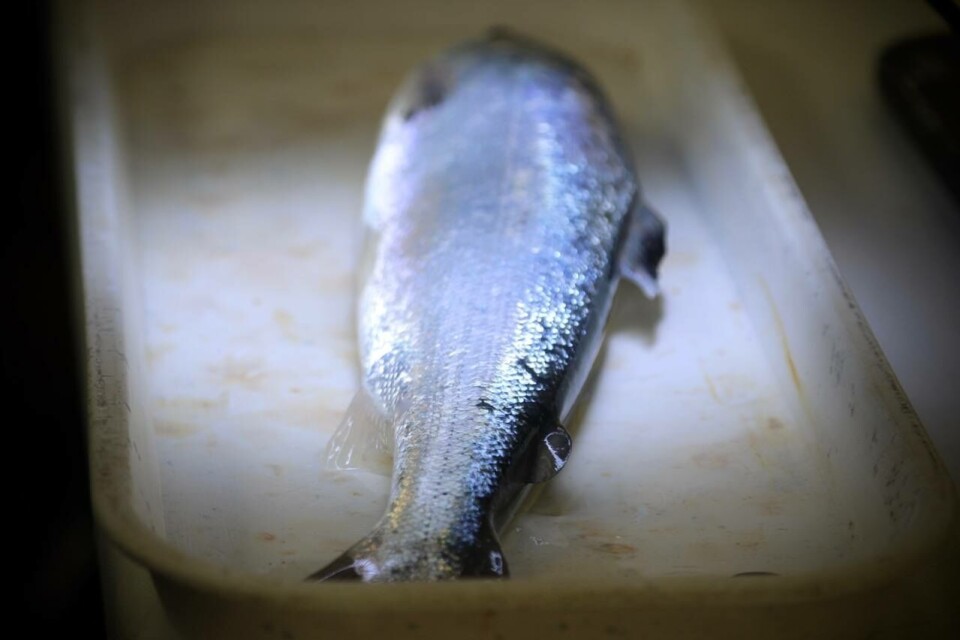
Europe to subsidise Scots sea lice control
11 Scottish aquaculture companies will be able to access the latest non-medical sea lice treatment methods following the award of£1.76m in funding from the European Maritime Fisheries Fund (EMFF).
The EMFF application was coordinated by the Scottish Aquaculture Innovation Centre (SAIC) on behalf of 11 companies, the award will enable a range of alternative technologies and approaches to be trialled in Scottish waters so that they can be evaluated for their ability to reduce sea lice – a naturally occurring parasite that cost the global industry over $1bn each year.
SAIC's CEO Heather Jones says: “The technologies being explored are capital intensive and their outcomes in Scottish waters are as yet unknown, therefore the financial and operational risks to industry are significant. By reducing those risks, this EMFF award will help catalyse trials on a commercial scale as opposed to an ad hoc or local basis.”
It’s not just the companies involved in the supported projects that stand to benefit. As part of the EMFF award, SAIC will commission a research project to capture the lessons learned, and share best practice with the wider sector and supply chain. There is also the potential to develop next generation technology for sale at home and abroad.
Amongst the alternative solutions being trialled is hydrolicer technology which uses low pressure water jets to dislodge sea lice; an innovative ‘bundle’ of technologies that brings best practice approaches into a single system; and a Thermolicer device which capitalises on the parasite’s low tolerance to sudden changes in temperature by briefly bathing fish in warmer water.
Jim Gallagher, Managing Director of Scottish Sea Farms and one of the partners involved in the Thermolicer trials, says: “Everyone is clear on the real and urgent need to reduce sea lice. However significant capital investment is required to trial new solutions. The EMFF award is contributing additional resources to those invested by industry, enabling Scottish trials on a commercial scale. The new equipment will be accessible by many companies in Scotland’s salmon sector, supporting the industry’s common purpose in accelerating the widespread adoption of effective sea lice controls.”
The award will be officially announced at the Farmed Finfish Summit, hosted by Fergus Ewing MSP, Cabinet Secretary for Rural Economy and Connectivity, later today.
Mr Ewing says: “I am delighted to announce this EMFF funding which will go to pilot non-medicinal interventions and foster operational innovation in Scottish aquaculture. I am sure this will further enhance the environmental sustainability credentials of this key sector.”
2030 vision
The EMFF funding announcement coincided with the launch of a new strategy by the Scottish Aquaculture 2030 Vision for Growth group – a collective of leading businesses and organisations, including SAIC.
Heather Jones adds: “The strategy is testament to the growth ambitions of the Scottish aquaculture industry, who recognise the role of innovation as a key driver in the future prosperity of both the sector and Scotland as a whole. We are really looking forward to working with businesses and government alike to see these ambitions realised.”




















































